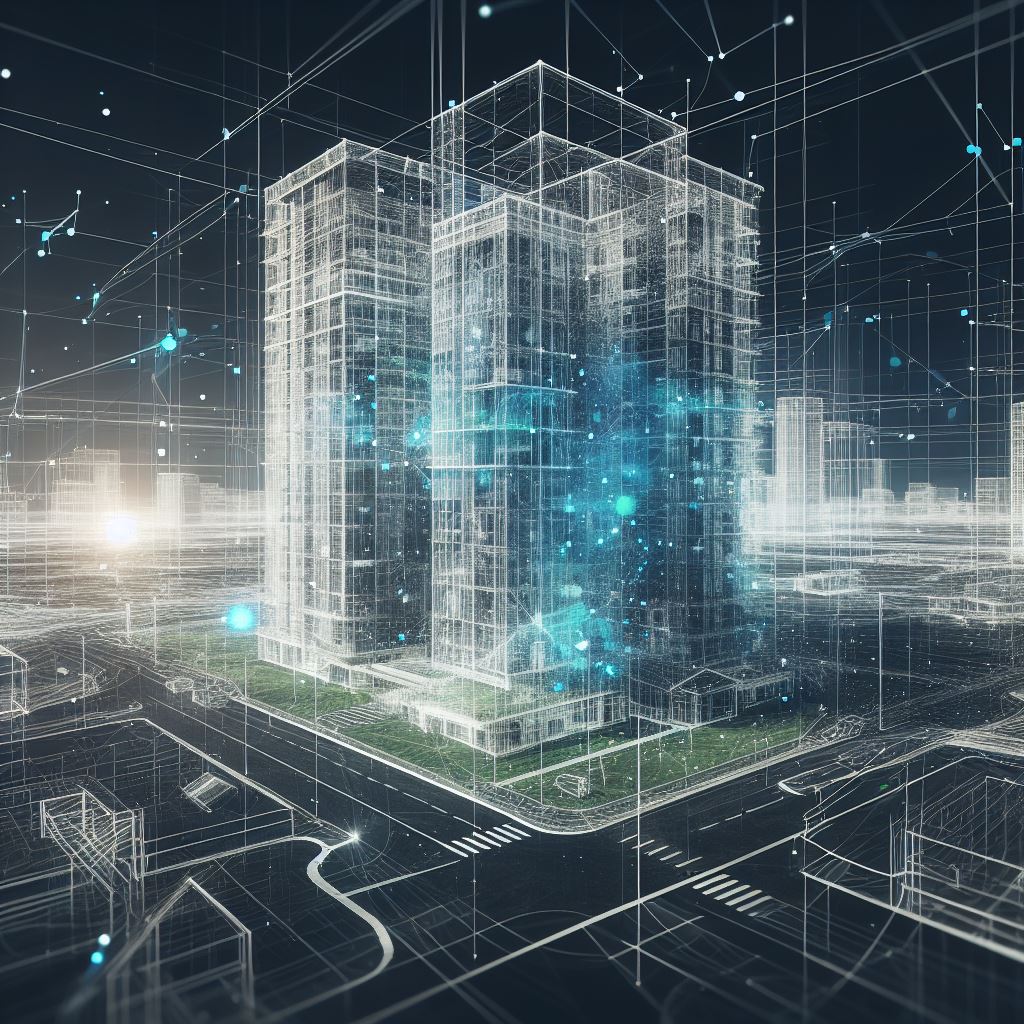
The BIM (Building Information Modeling) methodology has revolutionized the construction industry thanks to its ability to optimize the design, construction, and management of buildings throughout their life cycle. If you’re starting to get familiar with BIM or want to understand this process more deeply, here we answer the most frequently asked questions about BIM.
Contenido
What does BIM mean?
BIM, or Building Information Modeling, is a digitalization process in the construction sector where a detailed digital model of a project is created using data about each component. The key to BIM is the “I” for information: using data more intelligently to build more efficiently and sustainably.
What is BIM?
BIM is a collaborative process in which information about all components of a project is managed in a coordinated way among all team members throughout the entire building life cycle. To learn more about how BIM is implemented in practice, check out our guide on BIM methodology and its advantages in construction.
Who uses BIM and where is it applied?
BIM is used by construction professionals such as architects, engineers, contractors and building owners. BIM adoption has expanded considerably, with 44% of users in Europe and 51% in U.S. architectural firms, according to recent data. In Japan, adoption reaches 56%, showing its importance globally. For more examples of how BIM is being applied to various types of projects, including MEP plans in construction, check out our article on MEP plans in building construction.
Why is BIM important?
BIM is essential because it enables more efficient workflows, improves information management, and reduces costly errors. Additionally, it facilitates smarter and more sustainable design decisions, optimizing the use of both economic and physical resources. If you want to learn more about how BIM contributes to sustainability, check out our blog on sustainability in BIM. (link to sustainability blog when published)
How does BIM help sustainability?
Although BIM cannot solve the climate crisis alone, it plays a crucial role in reducing the carbon footprint of construction. It allows designers to simulate a project’s environmental impact and make adjustments before construction, thereby reducing waste and saving time and energy. For more details on how BIM supports sustainability, we invite you to read our article on sustainability in BIM. (link to sustainability when published)
Is BIM a software or a process?
BIM is a process that involves various actions and analyses to achieve coordinated results. Although specialized software is required to create and manage BIM models, the process itself is much broader. To learn more about the different types of architectural drawings used in BIM, check out our guide. 42 types of architectural drawings.
How is a BIM object created?
BIM objects are digital representations of physical products and can be generic or manufacturer-specific. They can be created in-house or outsourced for maximum accuracy and efficiency. If you’re interested in the different levels of detail in BIM, check out our guide on levels of detail in BIM.
What is Scan-to-BIM?
Scan-to-BIM is a process in which 3D laser scanning technologies are used to capture accurate real-world data and create digital BIM models. This methodology is especially useful for the restoration and retrofitting of historic buildings, as highlighted in our article on Scan-to-BIM.
Is BIM the future?
BIM is both the present and the future of construction. As the industry looks to reduce costs and improve productivity, BIM offers effective solutions. This methodology has transformed the way construction projects are planned, designed and executed, and will continue to be an essential tool in the evolution of construction.
